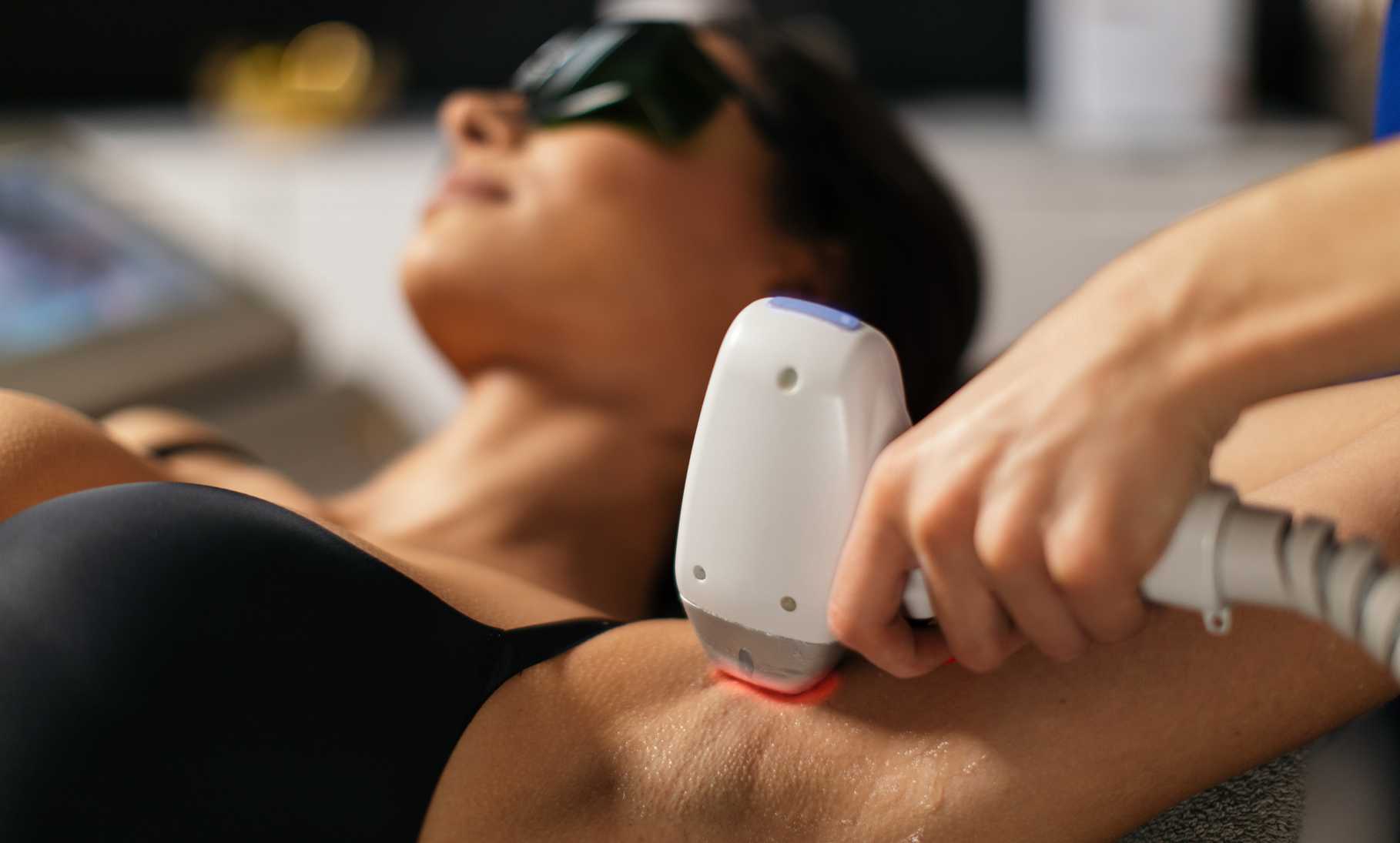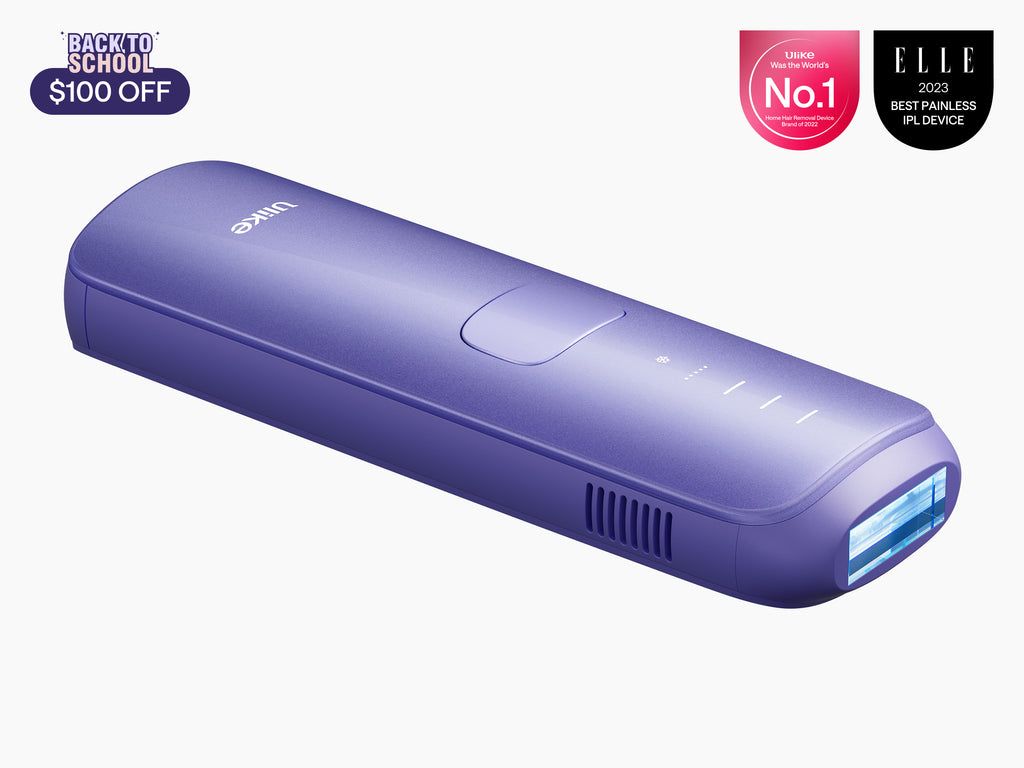
Our evaluations and opinions are not influenced by our advertising relationships, but we may earn a commission from our partners’ links. This content is created by TIME Stamped, under TIME’s direction and produced in accordance with TIME’s editorial guidelines and overseen by TIME’s editorial staff. Learn more about it.
edited by Amber Katz
Laser hair removal is the long-term removal of unwanted hair from specific areas of the body. Though it’s considered cosmetic, it’s actually a medical procedure that involves damaging the hair follicle in the skin to remove the hair and prevent or slow hair growth in the future. Laser hair removal is a medical procedure that involves using a beam of laser light to damage hair follicles in the skin, which effectively removes the hair from specific areas of a person's body and prevents its future growth.
Why is laser hair removal done?
According to David Li, MD, MBA, a board-certified dermatologist at Boston Derm Advocate, a digital platform dedicated to evidence-based skincare, laser hair removal is done in cases of excessive hair growth, or simply to remove unwanted hair in certain areas of the body. Dr. Li’s patients commonly opt for treatments on the armpits, bikini line, and the upper lip or the chin. Dr. Li said he’s also performed laser hair removal on patients undergoing gender-affirming care.
How to prepare for laser hair removal
Specific preparation instructionsDr. Li
- Avoid sun exposure for at least four weeks before treatments.
- Avoid plucking or waxing hairs—this can make it difficult for the laser to spot and target the hair shaft during treatment.
- Shave the day before treatment.
The skin should also be clean and free of moisturizers or other non-prescribed topical treatments.
Risks of laser hair removal
If performed by an experienced doctor, the risks of laser hair removal are relatively low. The biggest risks of the treatment include hyperpigmentation (darkening) or hypopigmentation (lightening) of the skin, or in some cases, burns that result in scarring or blistering.
Possible side effects of laser hair removal
Common side effectslaser hair removal
- Irritation, inflammation, or redness at the side of the procedure (this should only last a few days)
- Temporary discoloration
What to expect from laser hair removal
According to Eric Carniol, MD, MBA, a double board-certified plastic surgeon specializing in hair loss and treatments, patients should not expect permanent or total removal of the hair. “It’s really laser hair reduction,” he says.
“We aren't going to remove every single hair,” Dr. Li reiterates, “But the vast majority of hairs should be removed.” Dr. Li advises patients to expect about six to eight sessions for 60% to 80% improvement.
Areas with dark and coarse hair respond best to laser hair removal treatments. Individuals with blond or red hair are not the best candidates for treatment, according to Dr. Carniol.
What happens during laser hair removal?
Prior to the procedure, patients will dress so the area for treatment is exposed, and wear protective eyewear. They may also be given topical numbing medicine 30 to 60 minutes before the treatment begins.
During the procedure, the laser will pass over the area of skin that’s being treated, “delivering a high dosage of energy and heat into the hair shaft,” says Dr. Li. He adds that patients should expect some discomfort that “feels like a rubber band snap.” Depending on the area of the treatment, the procedure can last anywhere from five minutes to more than an hour, according to Dr. Carniol. He noted that you may also smell burning hair during the treatment.
What should I do after getting laser hair removal?
Following treatment, patients should keep the treated area moisturized and continue to use any medicines prescribed by their doctor, sometimes a topical steroid to reduce inflammation and hyperpigmentation.
They should also avoid sun exposure for at least four weeks. “If they must go into the sun, they have to wear SPF 50 and UV-protective clothing,” Dr. Li says. “But in general, they should just avoid the sun altogether for a month.”
Is there downtime after laser hair removal?
In terms of activity, there’s no downtime after laser hair removal, though some patients may experience redness and irritation in the treated area for two to three days.
When will I see results after having laser hair removal?
Results can take a few weeks to appear, as Dr. Li reminds patients that the laser isn’t actually removing the hair during treatment. Rather, the damage to the hair follicle causes hair to “fall out over time and reduce the likelihood of regrowth.” The exact timing can depend on the area being treated—the more dense the hair, the longer it can take to fall out.
How long will the results of laser hair removal last?
As with at-home laser removal, the results aren’t permanent. Typically patients should expect to undergo treatment every couple of years to maintain high-level results.

Lumi
Roseskinco$189.00

Ulike$239.00amazon$329.00
When is it safe to have another laser treatment for hair removal?
Depending on the area, it’s usually safe to undergo treatment sessions every four to eight weeks. Treatments done too frequently can be less effective and carry higher risks. Hairs need time to regrow and become visible in order for the laser to find them again. The likelihood of unfavorable side effects also increases without adequate time between sessions.
The information presented here is created by TIME Stamped and overseen by TIME editorial staff. To learn more, see our About Us page.






































